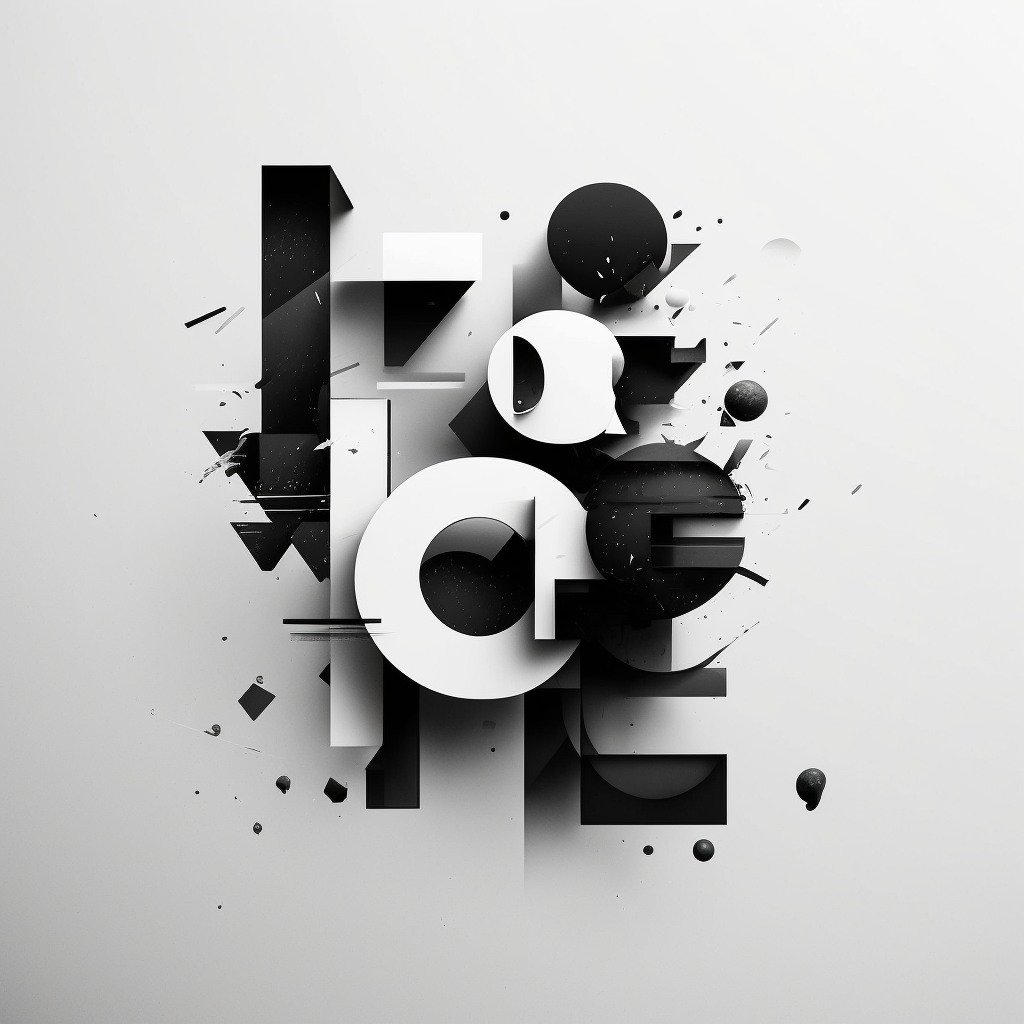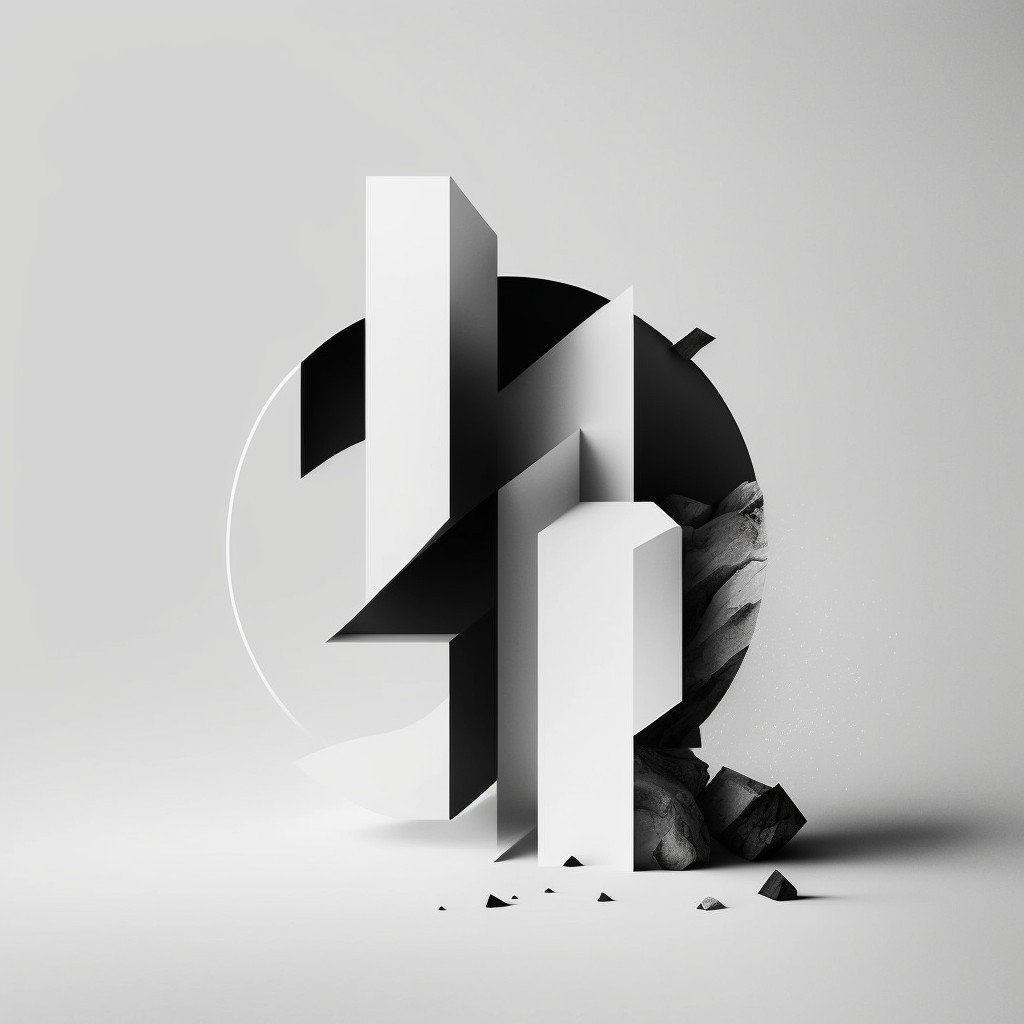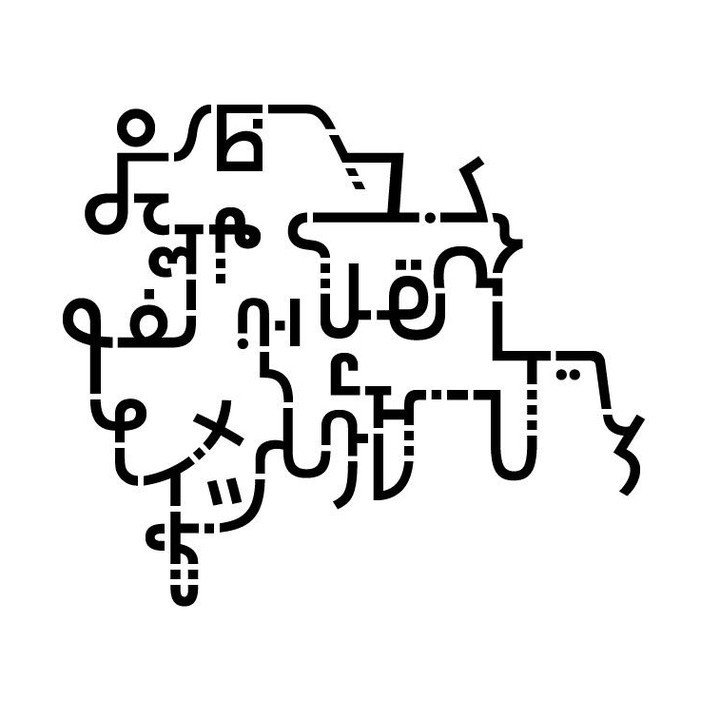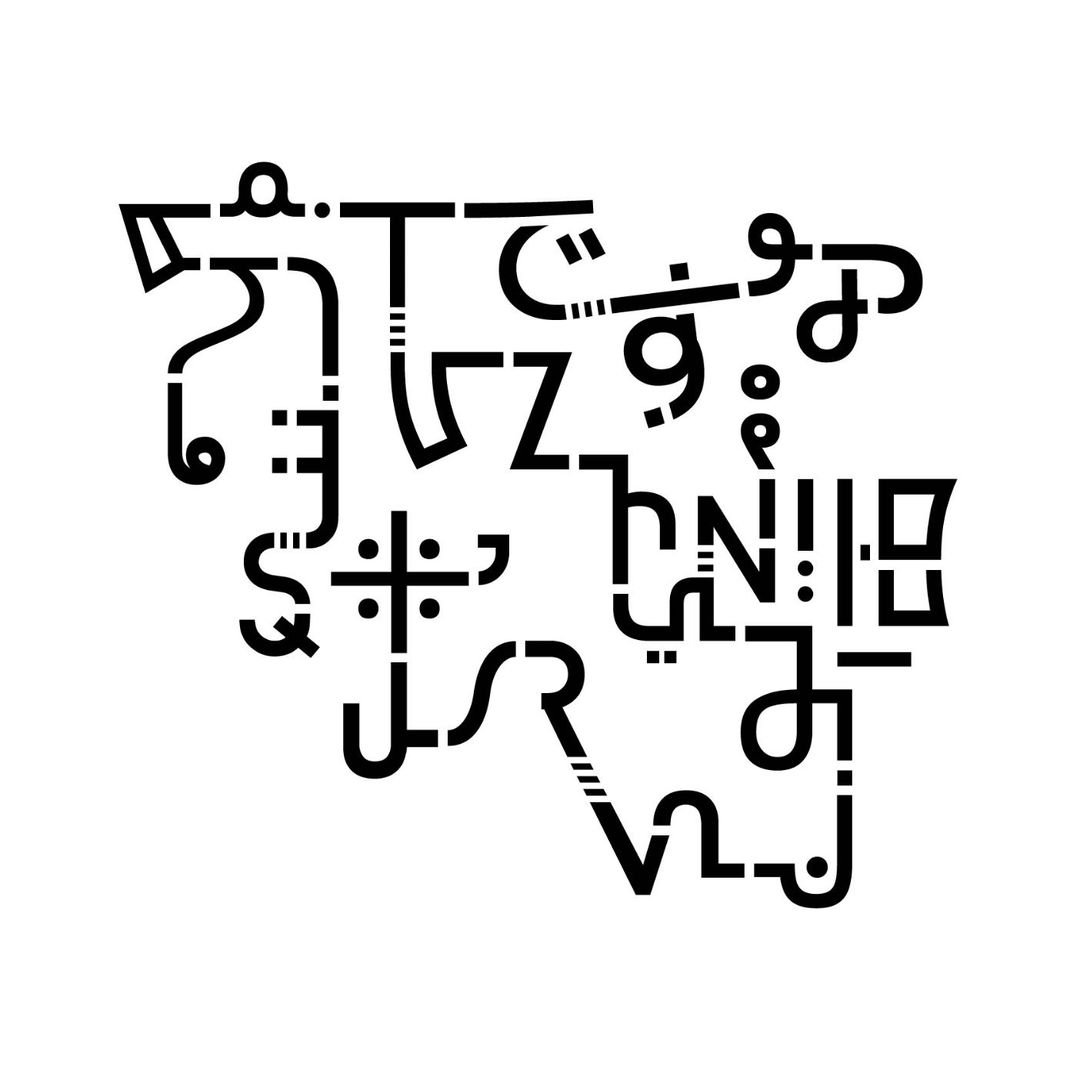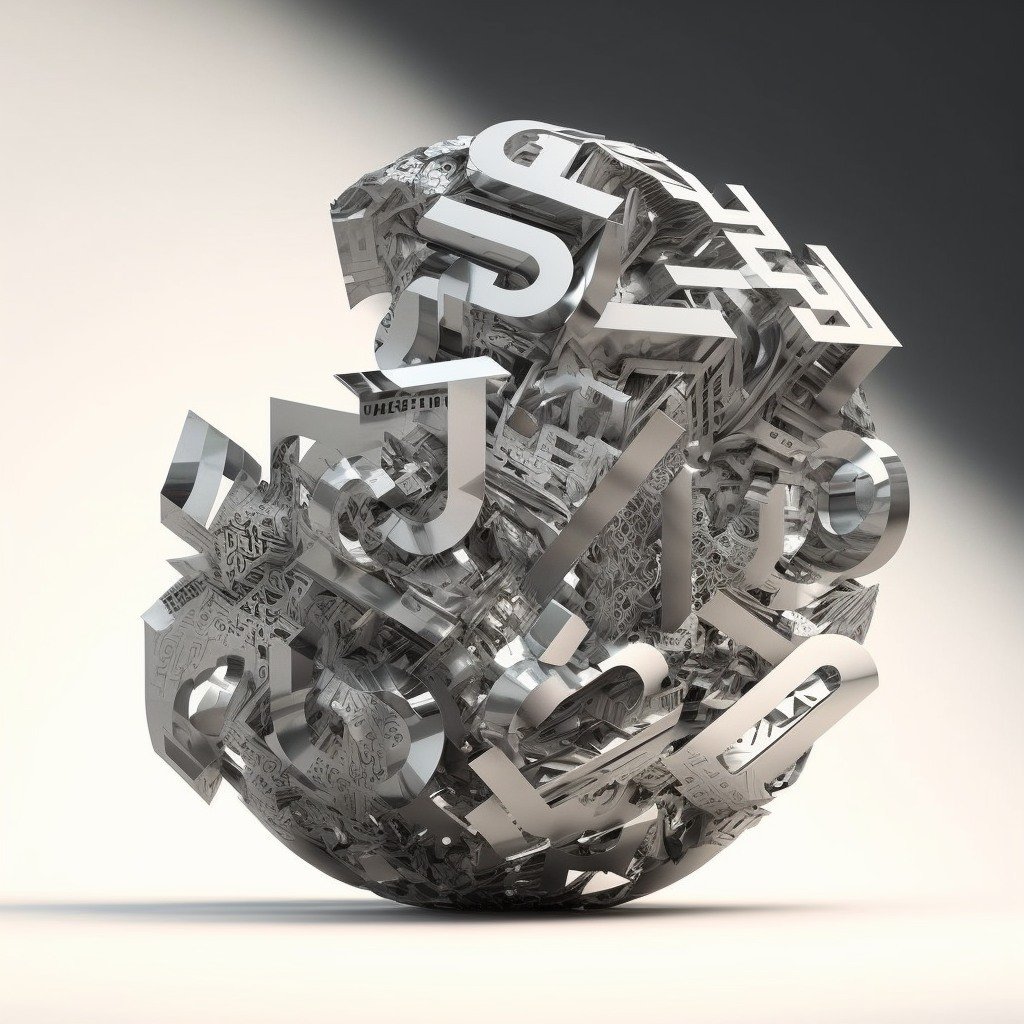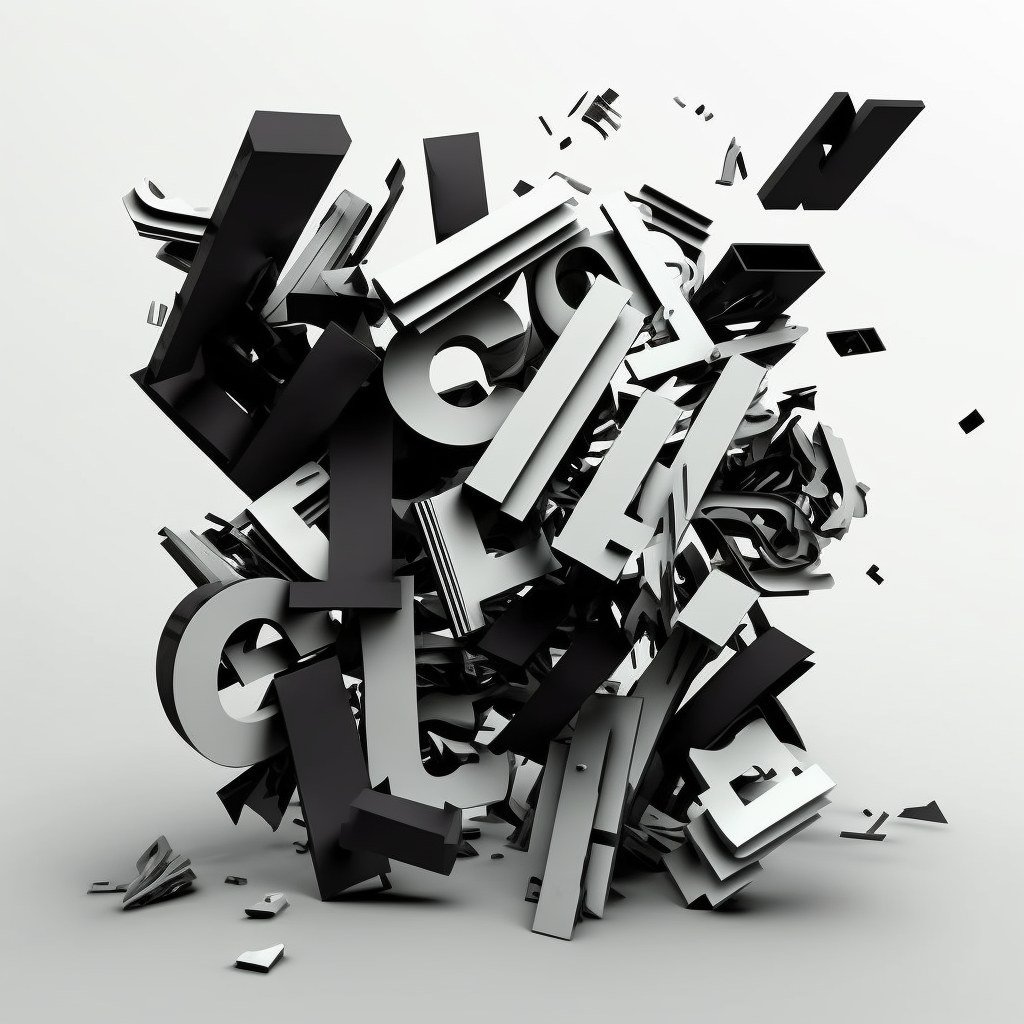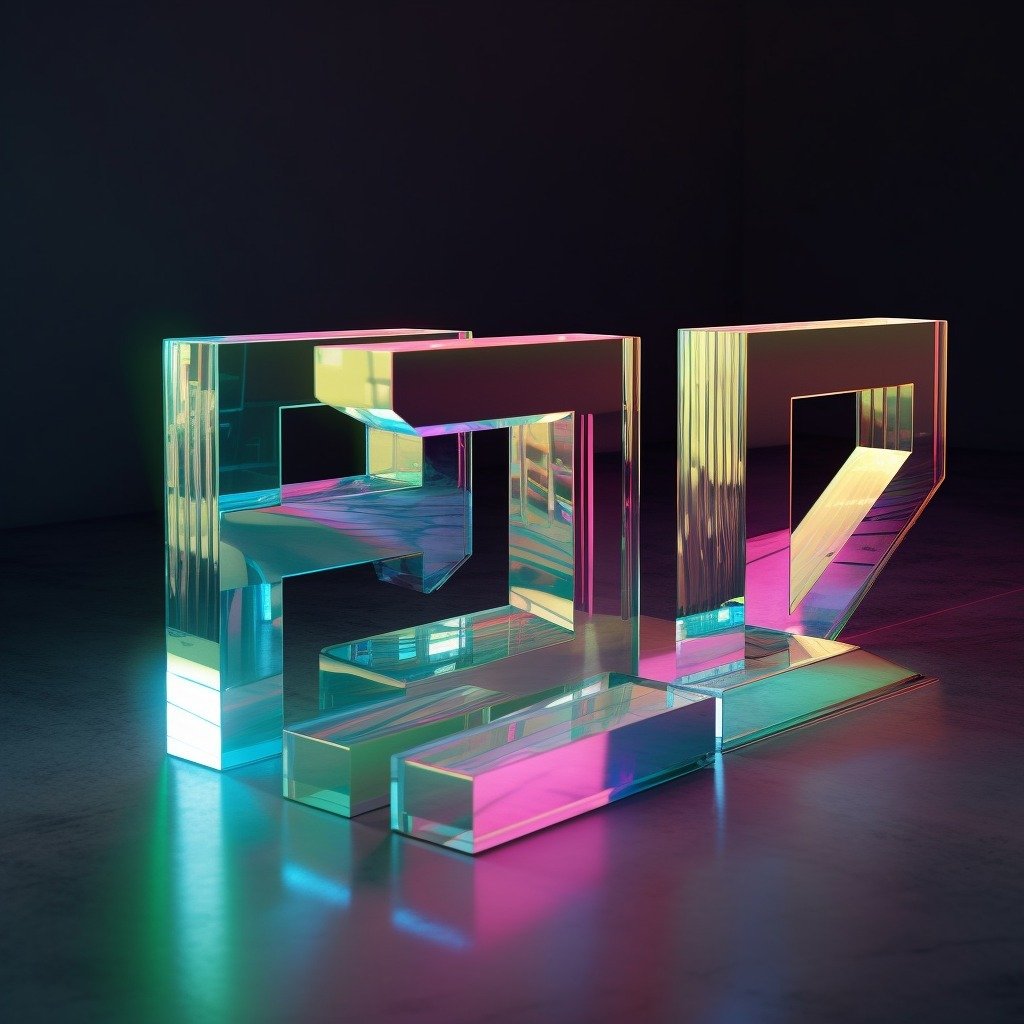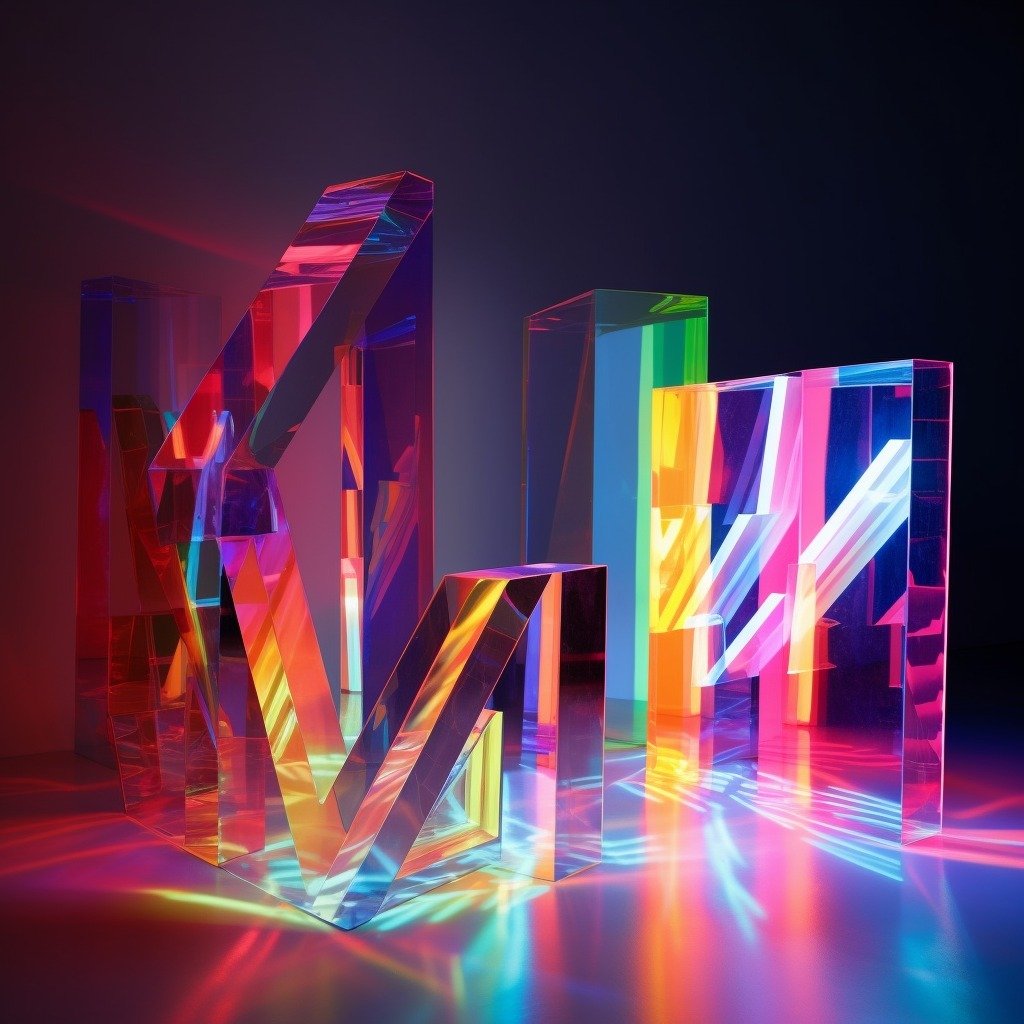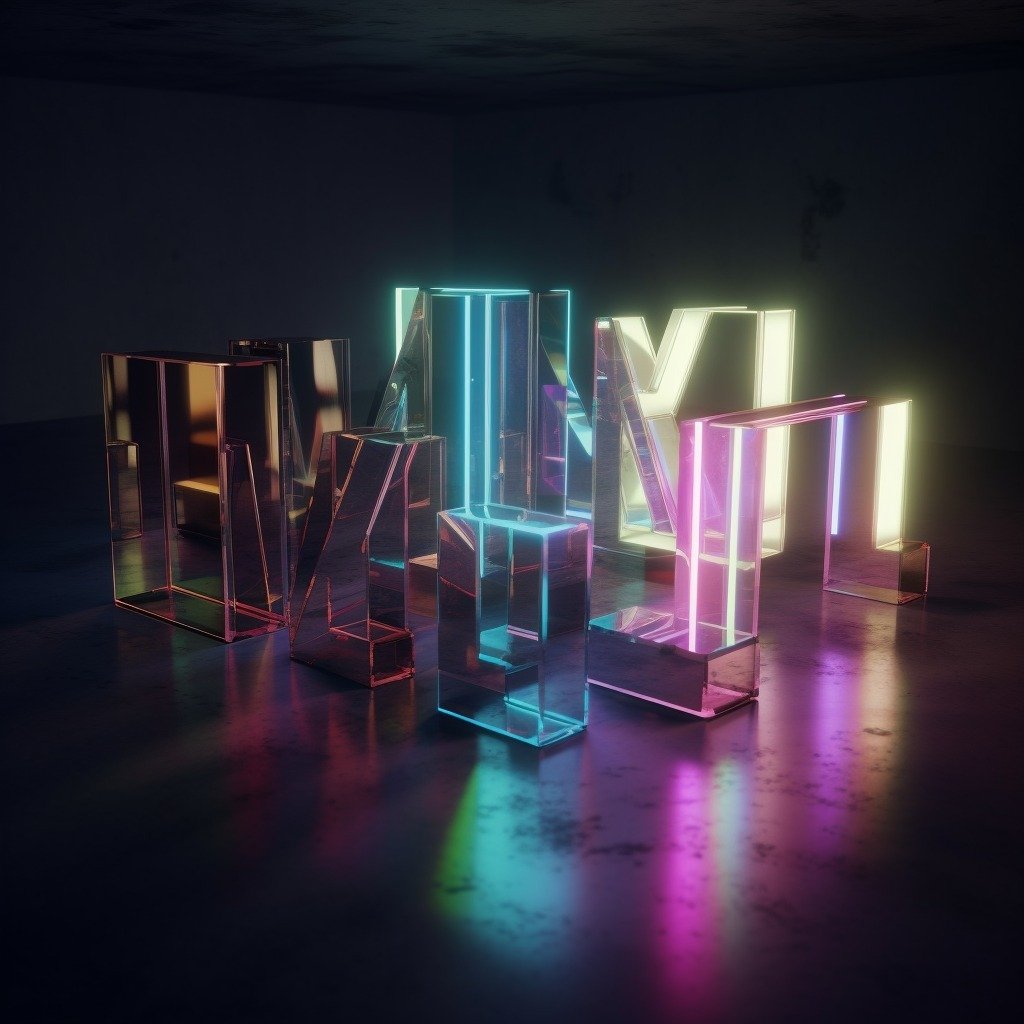Artist in conversation: Ben Sheppee
Ben Sheppee (b.1978, Bristol, UK) is a graphic fine artist based in London. His work is an inquiry into communication, where he deconstructs alphanumerical forms, and explores the aesthetics that live there, searching for hidden meanings and new interpretations. His compositions embody his internal battle with articulation, attempting to overcome the limitations of vocabulary, which can become misconstrued, and fail to convey true meaning. Sheppee art directs for musicians such as The Prodigy, and Leftfield, developing animated visual content for stage LED. His key passion remains the dialogue with the viewer realized through exhibiting work in creative spaces.
Website | Instagram | Facebook | Twitter | LinkedIn
What initially inspired you to become an artist, and how did you develop your unique style?
I got into sketching when I was fairly young… My grandad bought me a full pack of graded graphite pencils when I was about 13 and I was fairly accurate at reproducing photographs. I started sketching for a local newspaper aged 14 for pocket money and then followed through to art school. At BPCAD I absorbed a lot of conceptual art and got into digital creation via Photoshop at University.
At a certain stage of creating and showing work in London, I became overwhelmed by the constant need to explain the meaning of the work. believing the work spoke for itself through a visual language. I began using automatic writing as a way of over-explaining artworks and installations and these writings became textures and layers of my work, commenting on the paradoxical nature of communication.
Abstract typography became an instinctive place for me to experiment with these principles, and I was looking a lot at contemporaries, like David, Carson, Chris Ashworth and Neville Brody from there. CAD made experimenting with typography easier and it has evolved from there.
In terms of subject matter, what themes or motifs do you frequently explore in your work, and what draws you to these topics?
For me abstract typography works well as a visual metaphor, highlighting the limitations and problems of explaining myself and my work. The struggle to put feelings and experiences into words also conveys my somewhat fragmented nature of identity, being adopted from birth.
So I see my practice as an inquiry into communication and visualising emotions. Deconstructing alphanumerical forms, and exploring the aesthetics that live there satisfies my search for hidden meanings and new interpretations but somewhere deeper down it resolves an internal battle with articulation, where I’m attempting to overcome the restrictions I find in expressing myself through language, which can often become mistranslated or misconstrued, and fail to convey true meaning.
Can you tell us more about your approach to deconstructing alphanumerical forms in your artwork? How do you explore the aesthetics within these forms to uncover hidden meanings and create new interpretations?
Breaking down letters and treating them as graphical elements is a way of decoding alphabets and drawing out new meanings. The “Esperanto” series for example involved taking many different alphabets and unifying their aesthetic through a single font. Gradually deconstructing key letters, and collaging parts of alphanumeric forms together I was able to generate hybrid letters which combined writing systems from different cultures. These works each look quite simple in terms of their form but have gone through a number of processes to filter in a number of cultural influences. I really like how it represents these works reflect our society, where cultures have mixed and become interwoven in a seamless way.
How does your experience in developing animated visual content for stage LED influence your fine art practice?
So the balance is tricky… essentially I have learnt to apply my creativity in two directions. I have my gallery practice and my commercial practise. It helps me stay in touch to my authentic creativity in a gallery space, and keep my personal practice clear of commercial aspirations because I feel like this can often distort an artist’s reasons for creating work.
I can stay in touch with my purpose and true sense of creativity. I want my personal practice to be free of commercial influence in that way. I want to keep clear what excites me and interests me at my core.
But I found fairly early on that it was quite challenging to live a financially sustainable life as a fine artist. Initially, I started a DVD label to publish the work of other artists and set up “Lightrhythm” as a distribution channel to sell through Netflix. I published around 240 films by 70 different artists internationally with that project. But when the DVD market died and everyone started uploading their films for free on Vimeo, I found making content for DJs and Bands worked well, and I had the technical knowledge to build content for unusual LED configurations.
This evolved into an animation studio eventually and I now employ 8 people who create tour visuals for bands like Prodigy, Dua Lipa, and Ellie Goulding. It’s given me the experience of directing shows on large stages and allows me the resources to have a personal practice. My personal practice often significantly contributes ideas to my commercial practice as well though, so it works hand in hand.
I use lots of similar principles when creating work for clients vs making work for my own authentic creativity. For example in my personal practice, I create using algorithmic processes, to generate multiple compositional variations, and then curate down the most visually appealing options. These techniques are the same techniques I encourage in my staff when we’re creating for clients.
On the flip-side, I’ve absorbed lots of technical knowledge from working on large commercial projects, creating for different platforms such as VR and AR. So when it comes to my authentic creativity, I can be platform agnostic with my personal work.
How do you stay connected with other artists and keep up with new developments and trends in the art world?
Having been fortunate to publish the work of a number of super-talented people early on, it’s always nice to see where everyone has got to with their careers, and it often opens up new opportunities.
When I was running “Lightrhythm” I published an album of work by Shantell Martin in 2009 for example. She has since gained lots of recognition in the U.S. and is represented by the Keith Haring Foundation now. We reconnected during lockdown and worked on a few collaborative NFT projects which did really well and put on a joint exhibition in 2021. Those works got great coverage in Dazed and Confused amongst other publications. We have bi-weekly chats now to keep up-to-date on all things. And I supposed I try and do the same thing with lots of folks like this that I have met along the way… I feel like my network is getting smaller recently though, since having kids and less time to go out and socialise… so it’s become more important to get out and exhibit a bit and connect with new creatives.
How do you incorporate feedback from critics and audiences into your artistic practice, and how do you balance this feedback with your own artistic intuition?
During private viewings, the kind of conversations that I get into with people are largely about language, culture, and identity. For example, my work resonates with people experiencing dyslexia and I’m told the work symbolises the difficulty some with dyslexia experience trying to navigate the world.
Then culturally, works like Esperanto stimulate conversation about the mixing of cultures, and how a cosmopolitan community inspires creativity and how one culture intersects and interacts with another.
How do you stay motivated and inspired despite any setbacks or creative blocks you may encounter?
I think what drives me is the need to be understood. Sharing my work in exhibitions helps me engage with people in conversations about the subjects that relate to my work which in-turn inspires new studies and helps me ask more questions, driving the process forward. This is my motivation.
The therapeutic effect of creating work is a meditation of sorts as well. For me, creativity is more of a need than a choice. When I don't make space in my week to get my ideas down, my headspace feels cluttered.
How do you feel about exhibiting your artworks with The Holy Art Gallery?
The work was presented in a clean and clear way, and the standard was generally quite high. A number of works were stylistically close to mine and they were grouped together well. It felt like it was a good fit.
Looking ahead, what are your long-term goals and aspirations as an artist, and how do you plan to achieve them?
Wider recognition and solo exhibitions in reputable galleries would be great. I’m open to the idea of representation as well, and until recently I had placed more emphasis on gallery representation, but I see more and more artists working independently now and feel like it’s possible to make progress in the art world without those kinds of networks.

